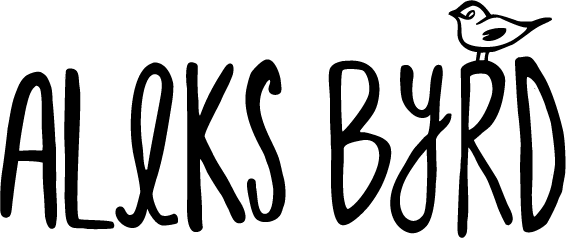Is there a real meaning behind the motif/design?
I've always been fascinated and curious about how a motif or combination of motifs are created and put together in knitwear. What was the inspiration for the intricate repeating motifs in Estonian mittens? How did the knitter/designer decide to combine the various proportions of stripe motifs in Fair Isle knitting?
Ultimately it is always a question of where does the design come from? What was the inspiration?
Reading through passages of Alice Starmore's Book of Fair Isle Knitting, has given me something new to consider. Does every pattern have to have a backstory of some kind? She describes the characteristic OXO pattern associated with Shetland and Fair Isle knitting born more out of ease and practicality for knitting than an underlining meaning. Though even with this theory she inadvertently connects that to the people's cultural mindset stating "the patterns are in fact not mystical, but rather they are practical- like the Fair Islanders themselves." (Starmore p.13).
Excerpt from Alice Starmore's Book of Fair Isle Knitting showing traditional OXO pattern (p.12)
While the pattern may not have a 'backstory' per say, it does reflect the people and the culture who created them.
On the other side of this discussion, there connection to real meaning in creating a design, In Estonian knitting the motifs used in making mittens holds meaning as it was also used as historically ceremonial gifts (36) These patterns where also given meaning by the name associated with the pattern, "Stranded colourwork patterns often had specific names and meanings that are supposed to protect and empower the wearer" (p.157).
Excerpt from Estonian Knitting 1; Traditions and Techniques showing stranding knitting patterns with meaningful names (p.157). Good luck bearing names like "eight-eyed devil" and "goose's eye".
The meaning of a design is very layered. it can have a mystical good luck bearing meaning or meaning from creating/reflecting identity of a culture or country, but also both.
References
Pink,Anu. and Reimann, Siiri. and Jõeste, Kristi. (2016) Estonian Knitting 1; Traditions and Techniques. Türi, Estonia: Saara Kirjastus. 1.
Starmore, Alice., (2009). Alice Starmore's Book of Fair Isle Knitting. Mineola, New York: Dover Publications.


